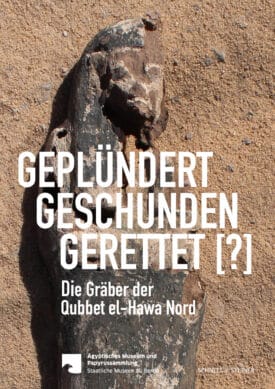Säbelzahnkatzen und andere große Raubkatzen sind für viele Menschen das Sinnbild eines gefährlichen Raubtiers. Nach der Entdeckung der ältesten Holzwaffen der Menschheit sind in der etwa 300 000 Jahre alten Fundstelle von Schöningen 2012 erstmalig auch die Überreste der europäischen Säbelzahnkatze (Homotherium latidens) entdeckt, dokumentiert und ausgegraben worden. In Folge dieser Entdeckung wurde in Schöningen 2015 ein zweitägiger wissenschaftlicher Workshop mit dem Titel »The Homotherium finds from Schöningen 13II-4 and big cats of the Ice Age« abgehalten. Dieser Band basiert auf den Vorträgen und gibt einen Überblick über ein für die Entwicklung des Menschen entscheidendes Thema – unser Zusammenleben mit großen Raubkatzen. Ziel ist es, die vielfältigen Themen vom fossilen Beleg der europäischen Säbelzahnkatze, der Frage ihres Aussterbens, aktualistische Vergleiche zu heutigen Raubkatzen und die Rezeption und Beziehung von Menschen zu Raubkatzen zu thematisieren.
The Homotherium Finds from Schöningen 13 II-4
Man and Big Cats of the Ice Age
Big cats, including sabre-toothed cats, are for many people the symbol of a dangerous predator. In 2012, the first remains of the European sabre-toothed cats were discovered at the approximately 300,000 year old site of Schöningen, famous for mankind’s oldest wooden weapons. As a result of this discovery, a two-day scientific workshop was held in Schöningen in 2015 titled »The Homotherium finds from Schöningen 13II-4 and big cats of the Ice Age«. This volume is based on the lectures of this workshop and presents an overview of a topic that is crucial for human development, our coexistence with big cats. The aim of this volume is to address the various topics surrounding the European sabre-toothed cat. This includes the circumstances of their extinction, comparisons to extant big cats and their relationship to past humans.










